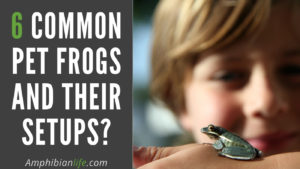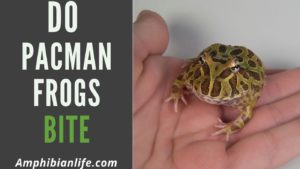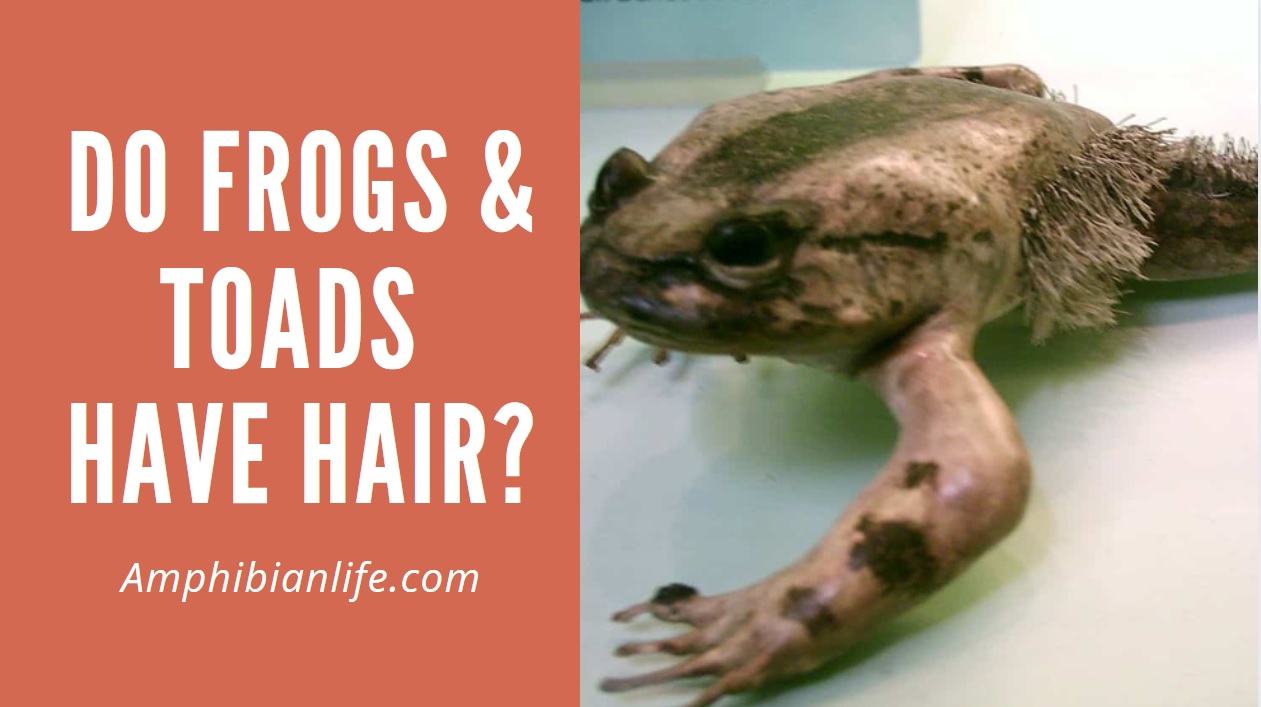
Frogs and toads don’t have hair and don’t need hair to keep warm. They are cold-blooded animals that depend on their surroundings to regulate their body temperature.
There is, however, a frog that looks like it has hair. The ‘Wolverine Frog‘ (Trichobatrachus robustus) has physical extensions of the skin that protrude in hair-like shapes. Read on to find out more…
Why don’t frogs have hair?
Simply put, frogs are amphibians and amphibians don’t need hair.
For mammals, including humans, hair on the body plays an important role in regulating the temperature of our bodies.
When it is cold, tiny muscles around the hairs cause the hair to stand up. This traps a layer of air above the skin, helping us to stay warm.
Frogs don’t have hair because they don’t need to do that.
How do frogs keep themselves warm or cool without hair?
As you may know, frogs and other amphibians are cold-blooded. This means that the body of the frog is the same temperature as its surrounding environment.
When a frog is cold, it will go to a hotter place to warm up. When a frog is hot, it will go into the water or onto a cold surface to cool down.
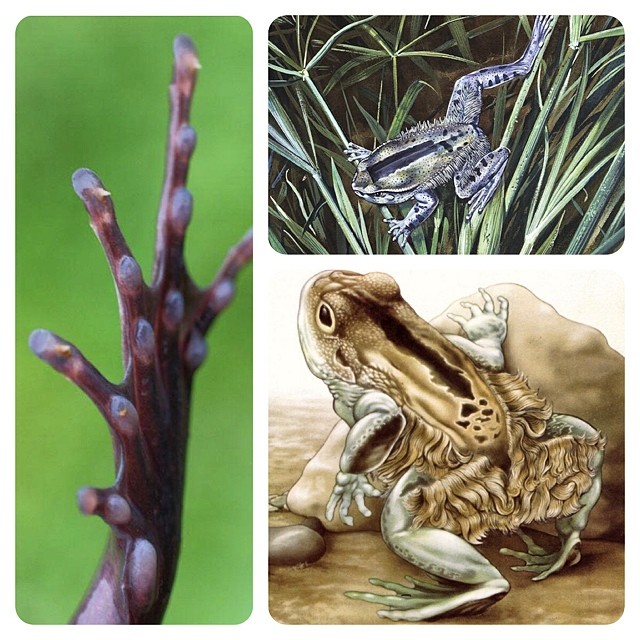
Can frogs grow hair?
Is there a type of frog that does have hair?
The answer to the question ‘do frogs have hair?’ is no. They don’t have hair, as they don’t need hair to control their body temperature in the same way mammals do.
However, there is a type of frog that looks like it has hair.
‘Hairy Frogs’, also known as ‘Wolverine Frogs’ or ‘Horror Frogs’ (Trichobatrachus robustus), are a very unusual-looking type of frog.
Native to Central Africa, at first glance, it looks like the Wolverine Frog has hair, but this is not the case.
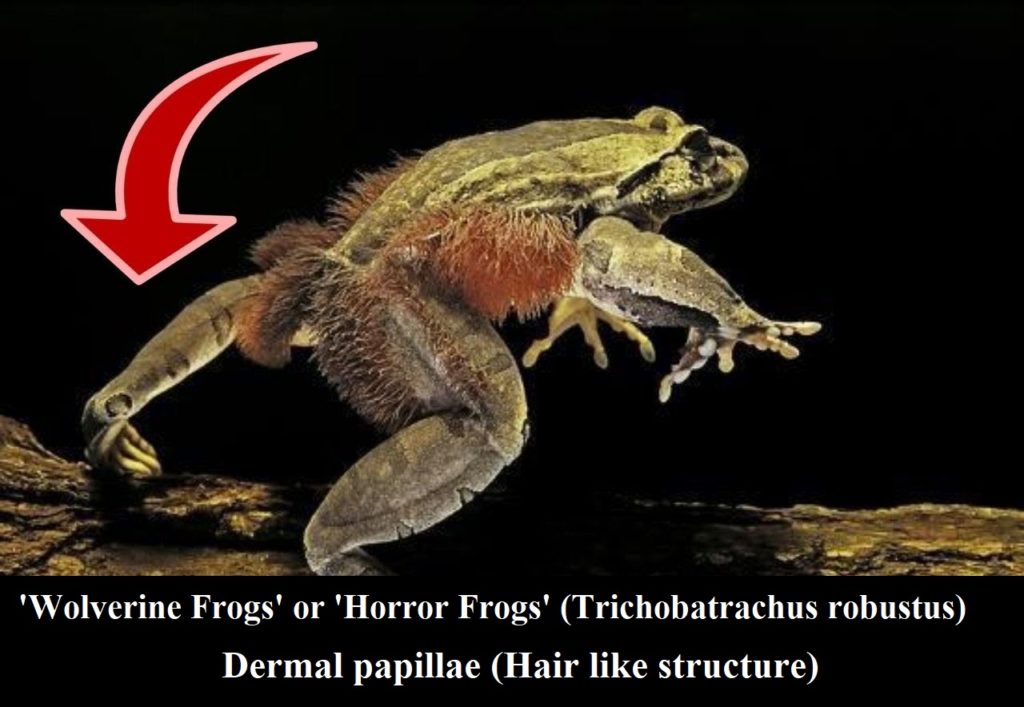
Why does the hairy frog have hair?
Why is the hairy frog hairy? the answer to this question lies in the fact that The “hairs” you see are actually ‘dermal papillae’, which breeding males develop on their sides and thighs.
The dermal papilla is a scientific term for physical extensions of the skin.
These skin extensions contain arteries, which help absorb oxygen from water.
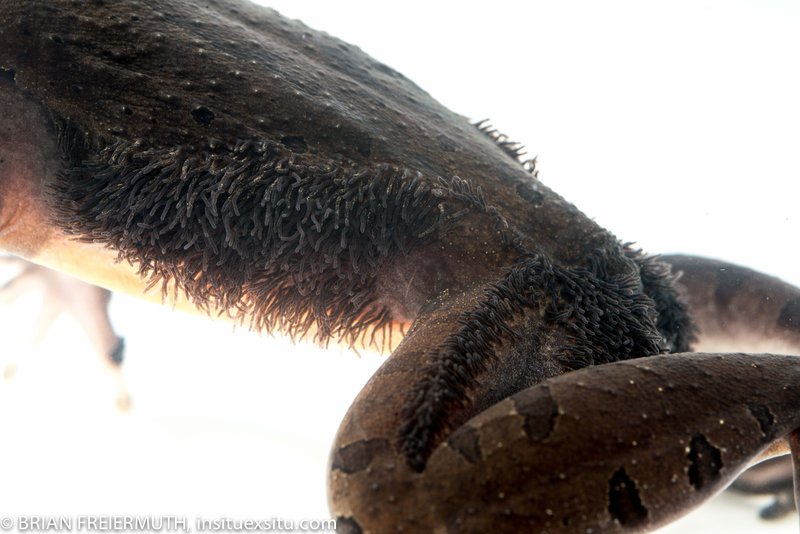
Where are the dermal papillae located?
Dermal papilla (plural of dermal papillae) are finger-like projections usually aligned in two rows.
They help in increasing the outside area connecting the epidermis and dermis, thereby improving the amount of oxygen and nutrients.
It’s thought that these are useful to male Wolverine Frogs, as they stay with their eggs for some time after the female lays them in water. Their “hairs” therefore help them to breathe more easily.
More Hairy Frogs Pictures
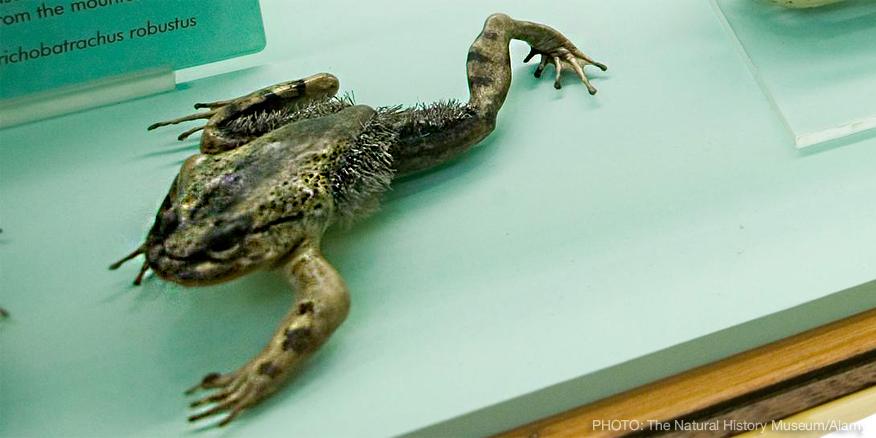
Why frog breaks own bones?
What animal uses its bones as weapons?
Cameroon ‘horror’ frog usually breaks their own bones to claw off potential threats!
The Spanish saying “Cuando las ranas críen pelo” translates roughly as ‘when frogs grow hair’ – a phrase similar to the English ‘pigs might fly’ – meaning something that is very unlikely to happen.
Incredibly, this curious amphibian doesn’t only grow hair-like tendrils, but also – remarkably – has the ability to intentionally break its own bones as a means of unleashing a sharp claw from its feet to repel predators! When frogs grow hair, indeed…
Native to the highland streams of Cameroon in West Africa, the hairy – or ‘horror’ – frog (Trichobatrachus robustus) is prized by local hunters as a tasty delicacy, eaten roasted whole over a fire.
However, hunters have learned to use long spears and machetes to hunt this formidable frog, keeping well out of reach of its razor-sharp claws.
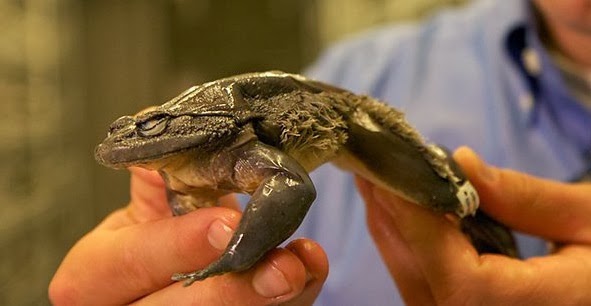
Do Frogs heal themselves later? Frogs defense mechanism
When threatened, this adaptable amphibian tenses the muscles in its hind feet, causing a claw – very similar in shape to a cat’s claw – to break free from the foot bone to pierce the frog’s toe.
A cunning defense mechanism, the frog’s ability to pierce its own skin parallels the Wolverine-like ability of a previously featured curiosity, the Spanish ribbed newt, to develop ingenious means of foiling would-be predators.
However, it is yet to be discovered how the frog retracts the claw after being threatened – if it is retracted at all.
Amphibians generally have excellent abilities to rapidly regrow skin over healing wounds, so the production of the claw is unlikely to be more than a minor inconvenience to the frog.
During the breeding season, male hairy frogs develop hair-like strands of skin called papillae.
These curious flowing locks allow the frog to breathe for longer underwater – a process called cutaneous respiration – when guarding unhatched eggs.
Another incredible amphibian for the Cabinet of Freshwater Curiosities, with endlessly fascinating and inventive adaptations to its environment.
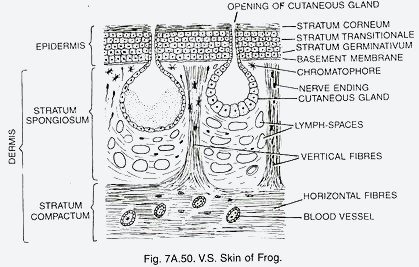
There we go
I hope now, you have some clarification on the misconception about frog hairs, many of us still believe they do have them,
If you found this article helpful, I might have some other topics that you find interesting! Below are some more
For further Reading
Wanna know how frog or toad dropping looks like? here is an interesting one What Does Frog Poop Look Like (You May Be Surprised)
Want to know why frogs scream? Why Do Frogs Scream? (Find The Answers Inside)
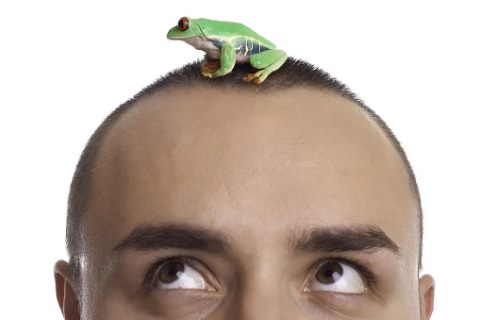
Hi, I’m Mike, and I’m the creator of amphibianlife.com. If there was one word to describe it? It would be: passionate about Amphibians! Whether you want to know more about amphibians or have a presentation to give at school, you’ve come to the right place.





